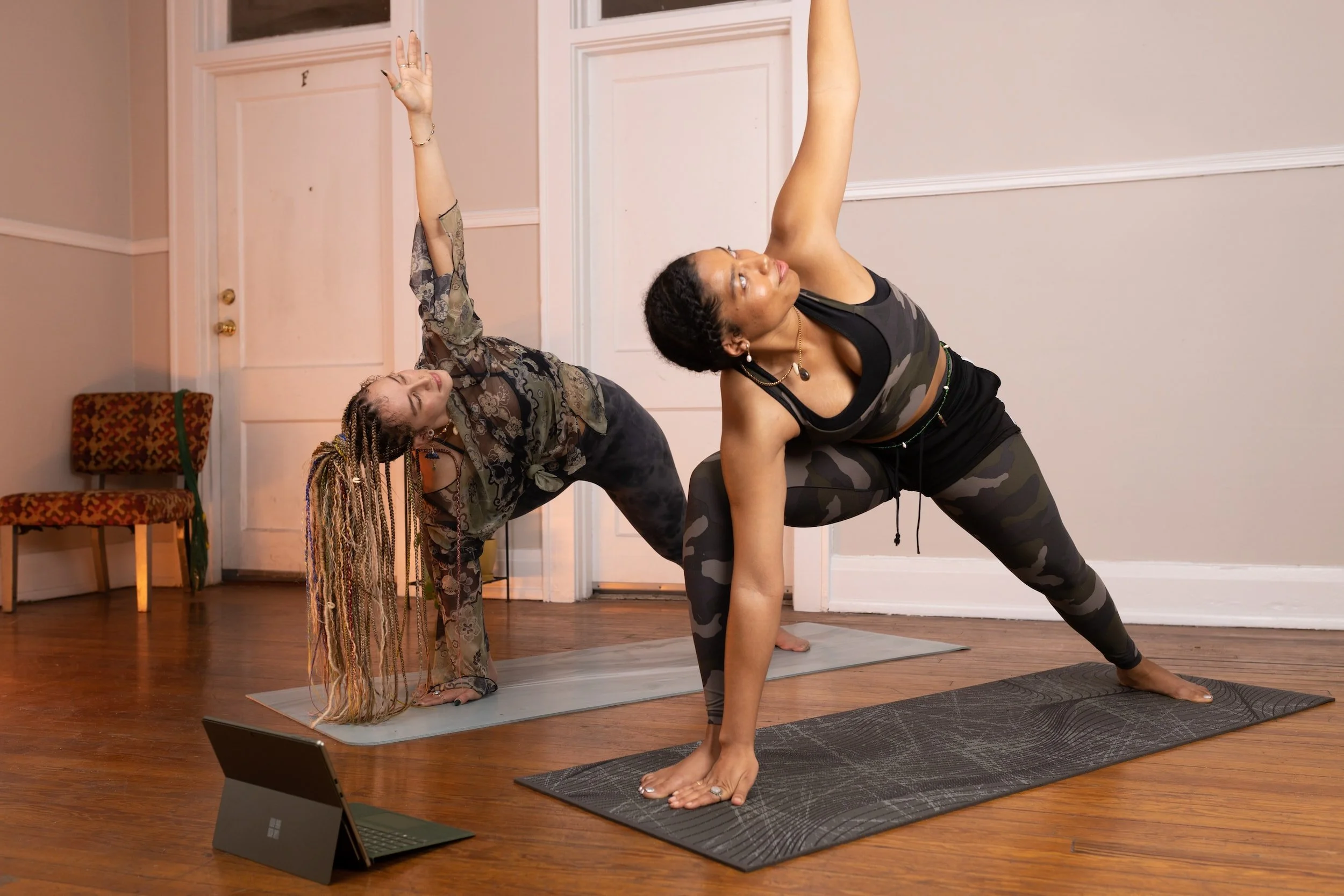Are You Getting Enough Exercise?
Did you know that the majority of Americans are not even close to getting enough exercise to support their health?! According to the Physical Activity Guidelines for Americans, only about one in three adults are getting the recommended amounts of exercise.
Not getting enough exercise can have many negative consequences on your health. It can lead to an increased risk of chronic diseases such as heart disease, stroke, diabetes, and some forms of cancer. It can also lead to higher blood pressure, high cholesterol, and increased body fat. Additionally, it can cause fatigue, muscle and joint pain, and weakened bones, as well as depression and anxiety. Therefore, making sure that you get enough exercise is essential for maintaining a healthy and active lifestyle.
So how much exercise should you be getting?
It's recommended to get at least 150 minutes of moderate-intensity aerobic exercise each week, or 75 minutes of vigorous-intensity aerobic exercise. Additionally, it's recommended to do strength training exercises at least twice a week. The more exercise you get, the more benefits you will gain!
What is the difference between physical activity and exercise?
Physical activity is really anything you do that moves your body. Examples of physical activity would be walking around your house, doing chores, going up and down your stairs, etc. This is different from formal exercise.
`Exercise is a more structured and planned out form of physical activity. There are many different types of exercise, but aerobic exercise and strength training are the two we will focus on here.
What is aerobic exercise and how do I know what intensity I’m getting?
Aerobic exercise, also referred to as cardio, strengthens the heart and gets your blood pumping!
Aerobic exercise is great for your heart health! It helps to strengthen your heart and increase its efficiency. Regular aerobic exercise can reduce your risk of developing heart disease and stroke by improving your circulation and increasing your HDL (good) cholesterol. It can also help lower your blood pressure and improve your overall cardiovascular health. Regular aerobic exercise can also reduce your stress levels, improve your mood, and help you sleep better.
When you are doing aerobic exercise at a moderate intensity, you will be working hard but you will still be able to hold a conversation. Some examples of moderate intensity exercise include: going for a brisk walk, playing tennis, cycling, dancing, yoga, and light jogging.
Vigorous intensity exercise on the other hand is going to challenge you a lot more. Your heart rate will get up high, cue the sweat, and you will not easily be able to hold a conversation while exercising. Some examples of vigorous intensity exercises include: running, hiking uphill, swimming laps, going on the stair climber, playing soccer or basketball, and cycling uphill or very quickly.
As I mentioned above, you should be getting AT LEAST 150 minutes of moderate-intensity aerobic exercise each week, or 75 minutes of vigorous-intensity aerobic exercise.
An example of a weekly exercise schedule that would meet the aerobic requirements would be a brisk 30 minute walk with a friend 5 times per week, a tough exercise class 2-3 times per week, going for a long hike twice per week… the options are ENDLESS!
And don’t forget to get your strength training in at least 2 times per week! This has a whole host of benefits that we will dive into in a separate post, so stay tuned!
Lastly, you want to make sure that in addition to your regular exercise routine, you are getting as much physical activity as you can throughout your day!
So you might be wondering, how can I start getting more physical activity in my day??
Incorporating physical activity into your daily routine doesn’t have to be difficult or time consuming. Here are some simple ways to get more active throughout the day:
Take the stairs instead of the elevator or escalator.
Park farther away from your destination and walk the rest of the way.
Schedule a lunchtime walk with a friend or colleague.
Stretch at your desk throughout the day.
Take a break from sitting every hour and do a few jumping jacks or squats.
Do a few bodyweight exercises while watching TV.
Play a game of tag with your kids or dog in the park.
Join a sports team or a fitness class.
Set a timer and do some yoga or stretching poses every day.
Take a few laps around the block before bed.
These are just a few ideas to help you add more physical activity into your daily routine, but always do what works best for you!
If you can follow these guidelines, you will be well on your way to living a happier, healthier lifestyle in no time! Health is wealth and the time is now to get started!
XOXO Dr. Robles Physical Therapist
Wildflower Physical Therapy & Wellness


